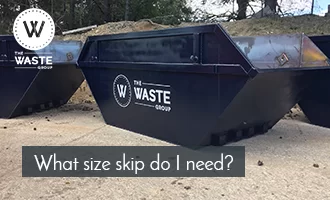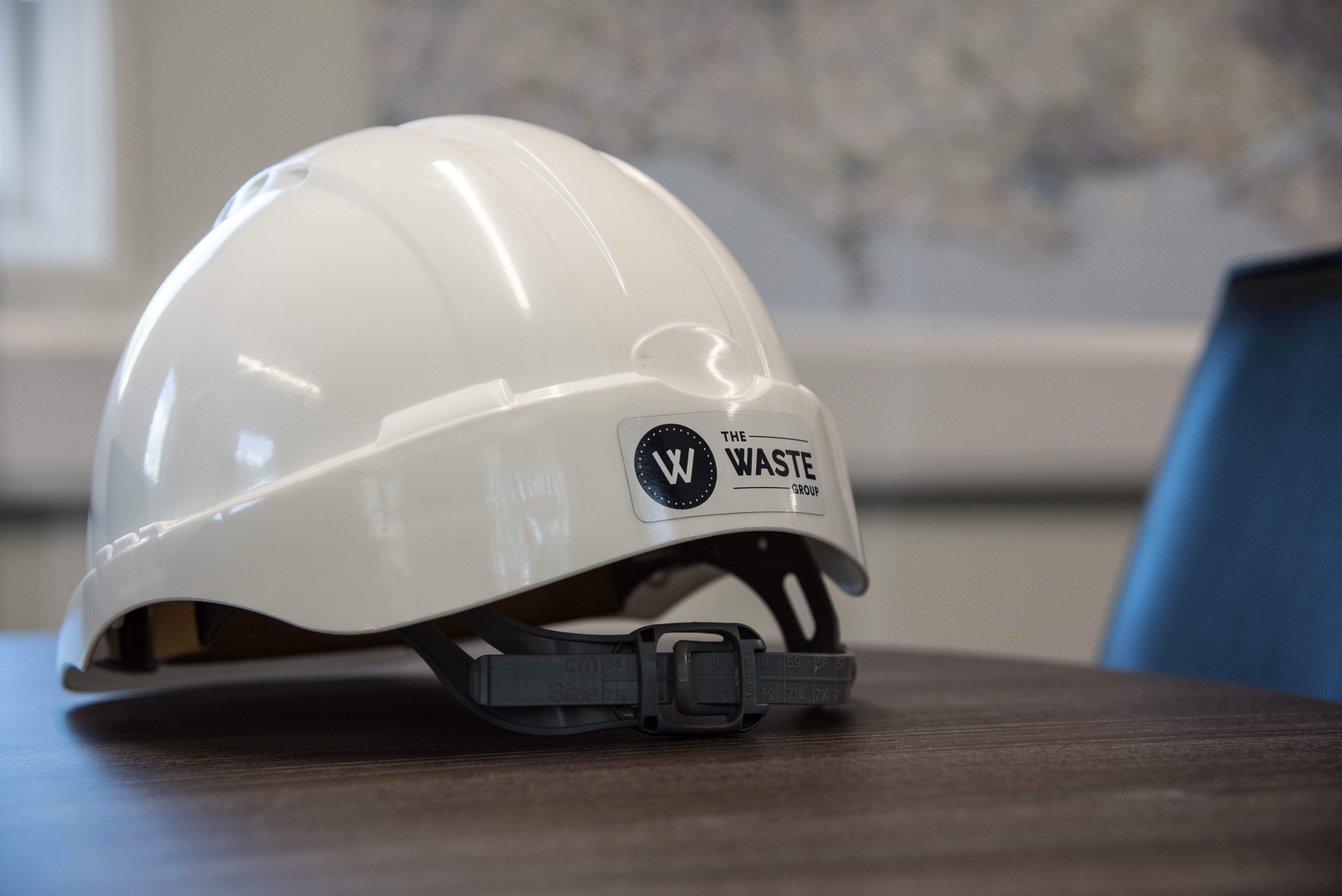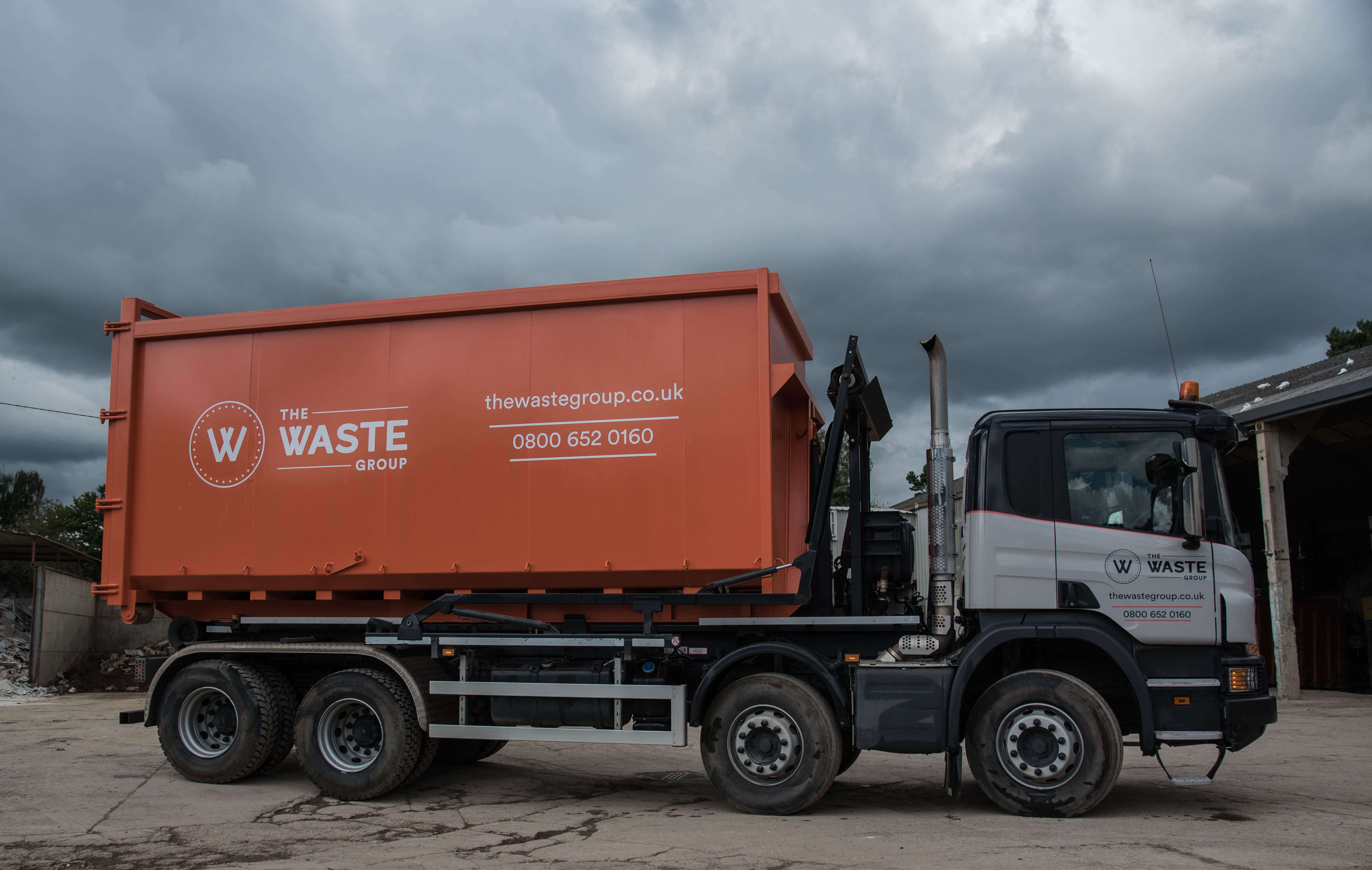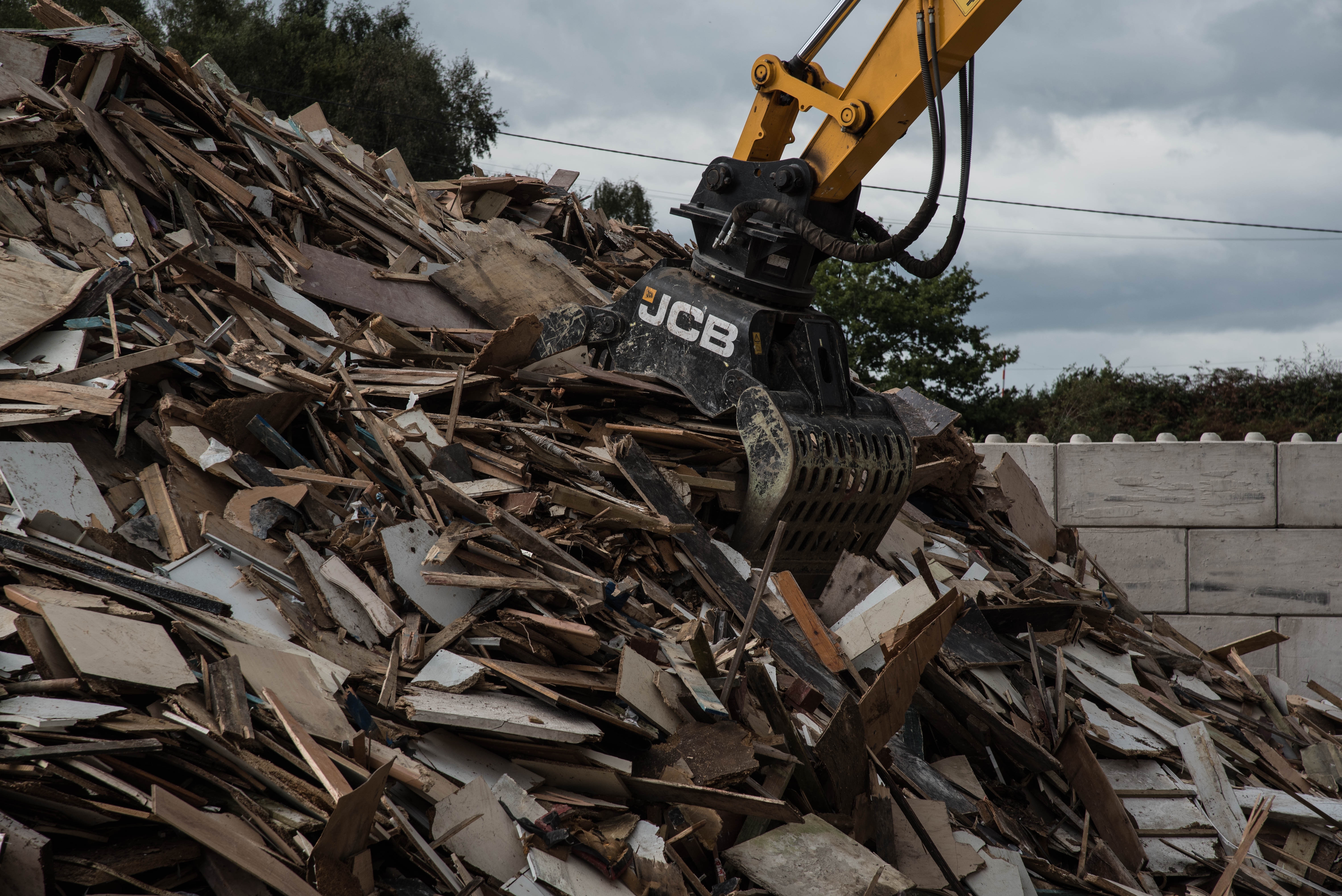Skip Hire Sizes: Extensive Guide

One of the most common questions customers ask is, “What size skip do I need?” Skip sizes can be difficult to visualise as they’re measured in cubic yards. Plus, most people have little experience with skips, so it might be hard to guess how much waste your project will generate, and how high that will fill a skip. If you’re looking for guidance, our skip hire in the UK page provides essential information on skip sizes and availability.
In this blog, we explain the different skip sizes to help you estimate which one is right for your project. From mini skips to massive ones, our handy skip size guide lays out length, width, and height dimensions, and guidelines on what a skip can hold in terms of couches, bin bags, wheelie bin loads, or pick-up loads.
Typical skip hire sizes
The image below provides a rough guide to standard skip sizes. You can use the illustrations and estimates of how many bin bags a skip holds to determine the right size for you.

For example, a general builders skip you’d see on a building site or at a house renovation would likely be a 6-yard skip, which measures 260cm long, 122cm high, and 152cm wide. A 6-yard skip can usually hold about 50 bin bags, 25 wheelie bin loads, or 4 couches. Due to its weight, a 6-yard skip is also the largest skip that can be used to transport soil.
For general household waste, you might consider an 8-yard skip, which is 320cm long, 122cm high, and 175cm wide. An 8-yard skip offers 40% more capacity than a 6-yard skip, but doesn’t cost 40% more to hire. So even though the 6-yard skip costs less, the 8-yard skip is better value.
Remember, you can’t fill a skip over the top, as it’ll be unsafe to transport. Ordering one larger skip is more economical than filling up a smaller skip and needing to hire a second one. Hiring the smallest skip may seem like a budget-savvy move, but even small DIY projects can quickly fill a mini skip.
Read our ultimate guide to hiring a skip to learn more, or keep reading below for a full explanation of skip sizes.
How skips are measured
UK skip sizes are measured in cubic yards, which can be hard to calculate if you’re unfamiliar with skips. But we’ve broken those measurements into a unit that’s a bit easier to understand: bin bags!
2-yard skip
The 2-yard skip is our smallest and cheapest skip. It’s ideal for truly pint-sized jobs, like small domestic waste disposal that generates light waste but not much of it. These skips hold well over 10 bin bags—usually about 20-30.
4-yard skip
This skip, often called a “mini skip”, is perfect for garden waste or small home projects that generate light bulky waste, like a garage clear-out. It holds 3.0 cubic metres (or about 40 bin bags’ worth) of waste.
6-yard skip
This is often called a small builders skip. It’s a popular skip, ideal for medium-sized construction waste, renovation tasks, or small amounts of heavy items like garden waste or builders rubble. It holds 4.6 cubic metres of waste material by volume – about 60 bin bags.
8-yard skip
The 8-yard skip is a popular choice for builder and construction waste and larger projects like kitchen and bathroom refits. With an internal volume of 6.0 cubic metres, it can hold about 80 bin bags.
12-yard skip
The 12-yard skip is most suitable for bulky items and substantial waste volumes. It’s the skip size for commercial waste management or rubble and other bulky waste generated by building projects. By volume, it holds 9.2 cubic metres of waste materials, or about 120 bin bags.
Choosing the right size skip
Like any decision, choosing the right skip size is easier when you have helpful information to guide you. So, we’ve provided a list of facts to consider when deciding which skip size is suitable for your project.
Job
For starters, you need to consider the type of job you’re undertaking, and the type of waste material it’s likely to generate. Garden waste is heavy, so garden clearances that involve removing dirt, soil, and bulky items like tree branches will require a larger skip than you might guess.
Don’t overfill your skip! Every skip has a clearly-marked maximum fill line. Filling above that line is dangerous for the crews that handle your skip. Skips that have been filled too high could strain the machinery that unloads them at the recycling centre, causing them to break and potentially threatening the safety of everyone who works near them.
Location
Another consideration when choosing what size skip to use is where you’d like us to place it. A skip that’s too large might block access for neighbours, your crew, and your own domestic vehicle. Plus, you’ll need to ensure there’s enough space for the skip lorry to access the site. That way, it’s safe and easy for crews to deliver and collect the skip.
If you’d like your skip placed on a public highway (rather than your own drive), please contact us so that we can arrange a licence for you. Please also note that skip lorries must not park on drains to avoid damaging them.
Timeline
Be realistic about the clearing you’ll do within your time frame. If you only have one weekend to fill your skip by yourself, you might not fill one of the larger skips.
Your timeline is an important factor in obtaining a skip permit, too. You can get a skip permit by applying with your local council office. They’re necessary for any skip that’s resting on public property. If you’re unsure how to apply for a skip permit, talk to our team, and we’ll set you on the right path.
You can also see our guide on the best way to fill a skip to find out what items you can and can’t put in your skip, and to make the most of its capacity once it’s arrived.
The Waste Group offers skips of all sizes at locations across the UK. Whether you’re planning some dusty DIY projects, or you need a builder’s skip for heavy waste, it’s easy to get a quote for a skip based on your location and needs.



